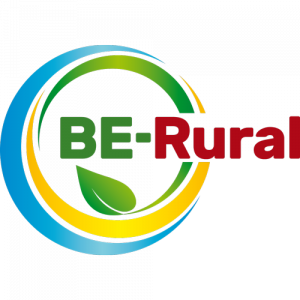Bioeconomy Introduction from the EU Bioeconomy Strategy A sustainable bioeconomy for Europe: strengthening the connection between economy, society and the environment: “We live in a world of limited resources. Global challenges like climate change, land and ecosystem degradation, coupled with a growing population force us to seek new ways of producing and consuming that respect the ecological boundaries of our planet. At the same time, the need to achieve sustainability constitutes a strong incentive to modernise our industries and to reinforce Europe’s position in a highly competitive global economy, thus ensuring the prosperity of its citizens. To tackle these challenges, we must improve and innovate the way we produce and consume food, products and materials within healthy ecosystems through a sustainable bioeconomy.” (European Commission 2018)
Bioeconomy Definition: “The bioeconomy covers all sectors and systems that rely on biological resources (animals, plants, micro-organisms and derived biomass, including organic waste), their functions and principles. It includes and interlinks: land and marine ecosystems and the services they provide; all primary production sectors that use and produce biological resources (agriculture, forestry, fisheries and aquaculture); and all economic and industrial sectors that use biological resources and processes to produce food, feed, bio-based products, energy and services. To be successful, the European bioeconomy needs to have sustainability and circularity at its heart. This will drive the renewal of our industries, the modernisation of our primary production systems, the protection of the environment and will enhance biodiversity.” (European Commission 2018)
Bioeconomy Strategies
Bioeconomy videos
Bioeconomy products
Even though many people are not aware of it, the bioeconomy is already part of our everyday lives. Biological resources and innovative technologies are already used to replace unsustainable products and processes that are currently made from fossil ressources. Some bio-based goods may even have novel properties making them superior to the products we currently depend on.
Biobased solutions can contribute to sustainable economic growth, innovation and achieving the Sustainable Development Goals. 3D printing, for example, is enabled by biological materials and bio-inspired structures. Biodegradable packaging materials can be grown from mycelium or produced from starch. High-tech materials, such as break-resistant smartphone displays and waterproof textiles, can be biobased, non-toxic and renewable. With a view to climate action, bioeconomy involves renewable energy, using CO2 as a feedstock and low-carbon production. Exploring algae as an alternative source of energy and food is one approach, using lightweight and renewable materials in sustainable transport, another.
To encourage sustainable consumption, green brands develop many creative products that range from vegan leather bags based on residual pineapple leaves to dresses made of wood fibers and stationery items produced from local elephant dung or meadow grass (German Bioeconomy Council 2018).


